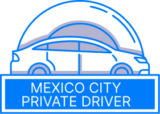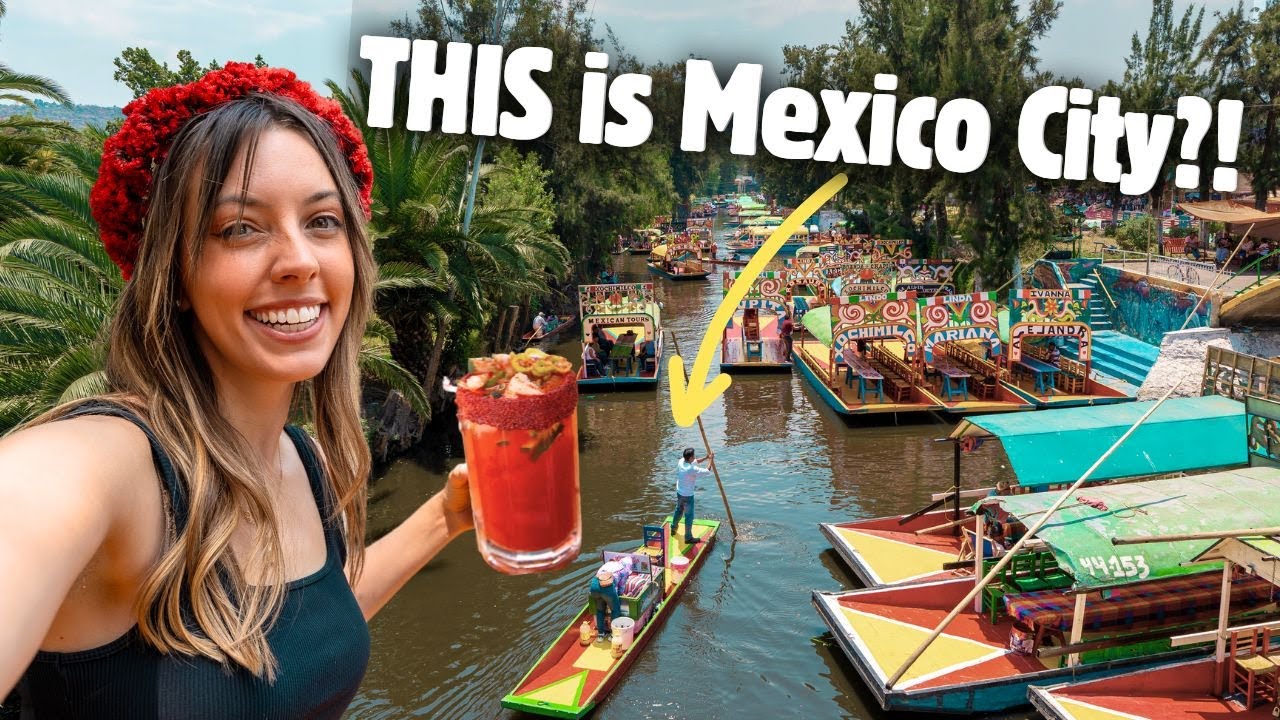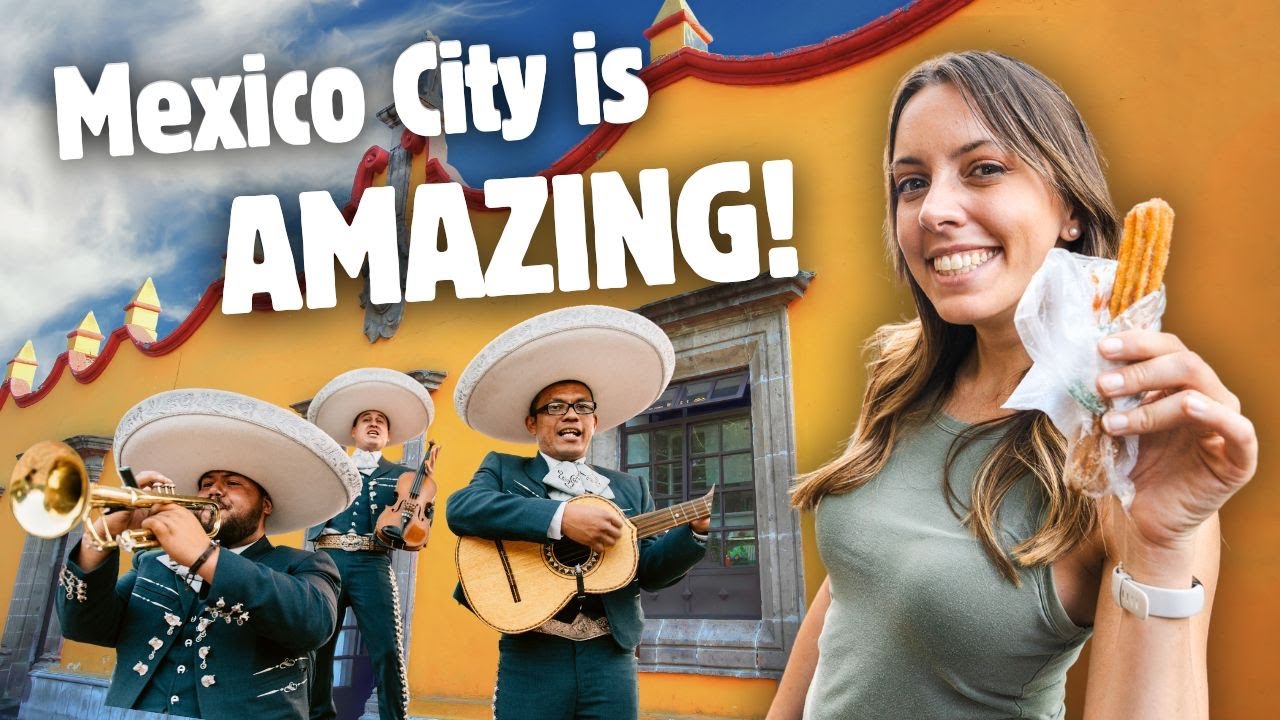TL;DR Teotihuacán (about 50 km northeast of Mexico City) is a UNESCO World Heritage site and one of Mesoamerica’s most spectacular ancient cities. Visit early to beat crowds, bring sun protection and water, and choose transportation based on budget and comfort—cheap buses from Autobuses del Norte are reliable while private tours or taxis save time. Key highlights: Pyramid of the Sun (≈70 m / 230 ft), Pyramid of the Moon, Avenue of the Dead, Ciudadela and the Temple of Quetzalcoatl. I’ll walk you through what to see, how to get there, ticket/tour choices, practical steps for 2025, and common visitor questions based on on-site experience and up-to-date sources.
Teotihuacán Mexico: Your Ultimate 2025 Travel Guide to Ancient Wonders and Hidden Gems
I’ve returned to Teotihuacán multiple times over the last decade—on quick day trips from Mexico City and on slower visits where I stayed overnight in the nearby town. The first time I walked the Avenue of the Dead I felt the scale immediately: this was a metropolis built to awe. In this guide I combine personal, on-the-ground tips with authoritative sources so you leave prepared and respectful of this remarkable archaeological site.
Why Teotihuacán matters (quick context)
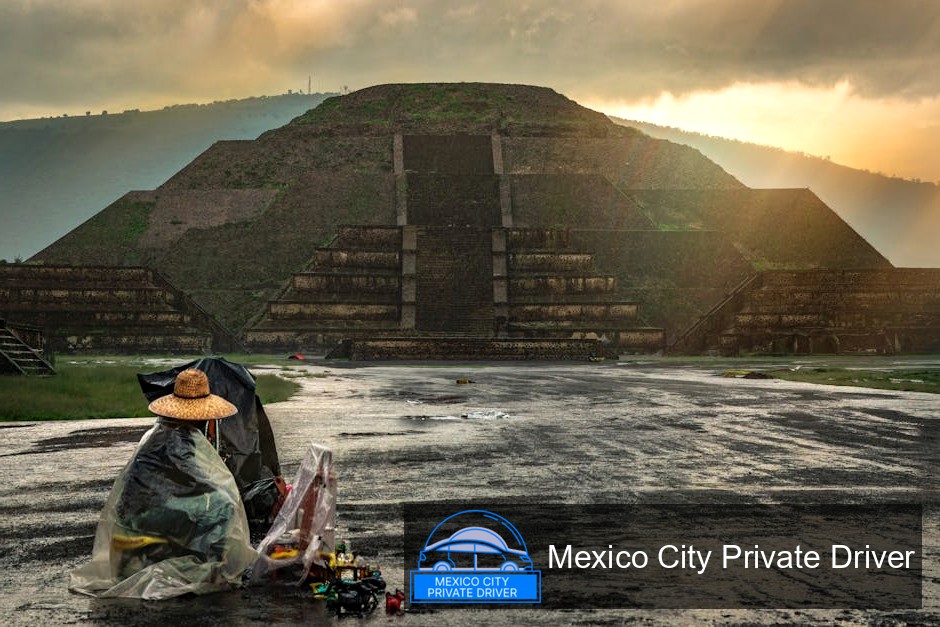
Teotihuacán—whose name the later Aztecs translated roughly as “the place where the gods were created”—was one of the largest cities in the ancient Americas. Archaeological and heritage bodies place its construction and development primarily between the 1st and 7th centuries CE, with beginnings evident even earlier (around the 1st century BCE in some scholarly chronologies) (UNESCO; Smarthistory). The scale is extraordinary: by its height it dominated the central Mexican high plain with monumental pyramids, long ceremonial avenues, and carefully planned residential districts (Britannica; Uncovered History).
UNESCO recognizes Teotihuacán as a World Heritage site because of its monumental architecture and the insight it provides into pre-Hispanic urban planning and ritual life (UNESCO). That heritage status means the site is protected and managed—but it’s also extremely popular, and visitor behavior directly affects long-term preservation.
Top highlights you shouldn’t miss
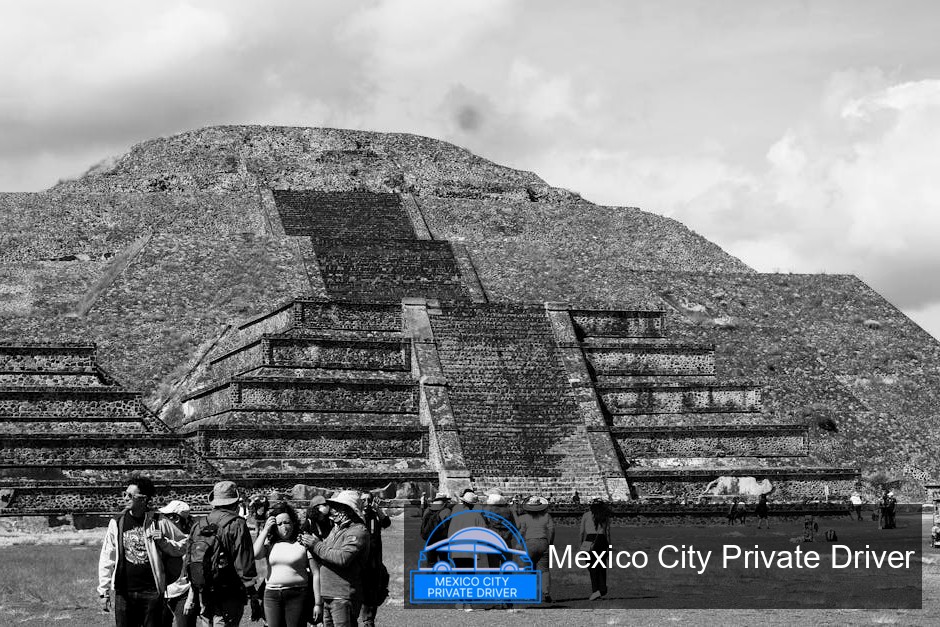
Even with several hours, you can’t see everything in depth. Here are the must-sees I prioritize on every visit.
- Pyramid of the Sun — The site’s most famous mass of stone and earth. It stands roughly 70 m (230 ft) tall and dominates the central axis (Lonely Planet). I recommend climbing early for light and cooler temperatures.
- Pyramid of the Moon — At the northern terminus of the Avenue of the Dead, the Pyramid of the Moon offers a superb perspective back down the main avenue.
- Avenue of the Dead — The long ceremonial axis that organizes the city; walking it gives you the sense of Teotihuacán’s urban geometry (Smarthistory).
- Ciudadela and the Temple of Quetzalcoatl — A compact complex with serpent and feathered-serpent iconography; an essential stop for its carved stone and the visual power of the citadel (Lonely Planet).
- Palaces and murals — Don’t miss sites like the Palace of Quetzalpapálotl and other palace compounds where frescoes and carved details survive (Lonely Planet).
When to go & how to avoid crowds
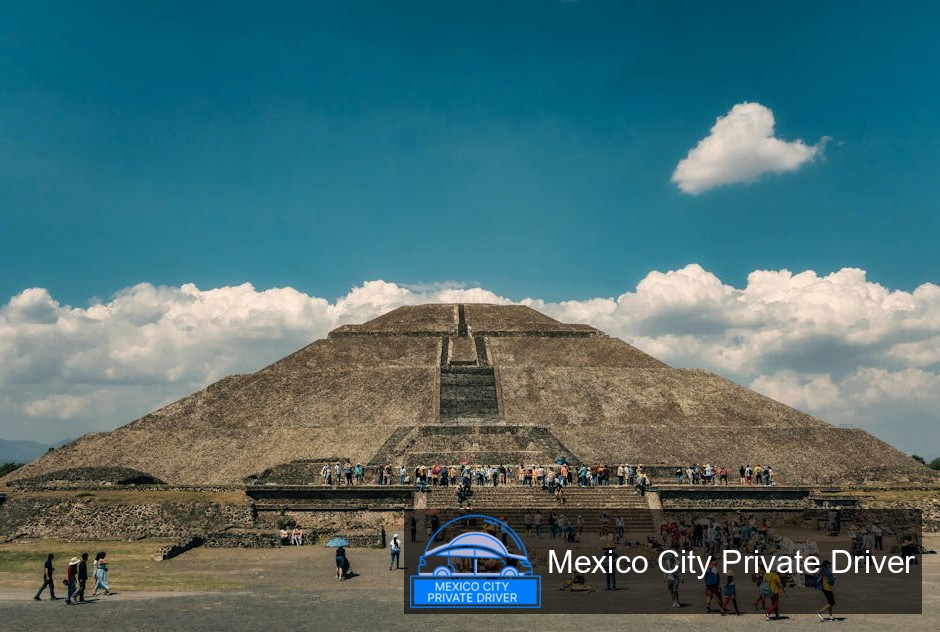
Timing makes or breaks your experience. The site is busiest between roughly 12 p.m. and 4 p.m., so I always arrive as early as possible (or book a sunrise balloon experience if that appeals) (Mexico City tourism).
- Arrive early: aim to be at the gates when they open—this gives cooler temperatures, softer light for photos, and far fewer people.
- Weekdays over weekends: if you can, visit Monday–Friday to avoid local weekend crowds.
- Weather: the high-altitude plain can be hot and sunny; bring sunscreen, hat, and breathable clothing (Mexico City tourism).
Getting there: transportation compared
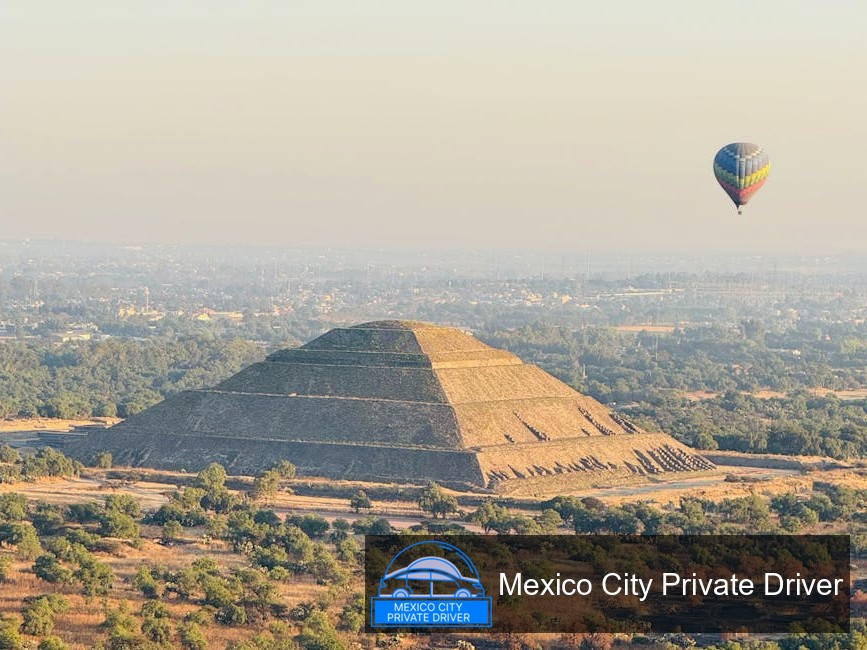
Most international visitors travel to Teotihuacán from Mexico City using one of three main options: public bus (Autobuses del Norte), private taxi/ride-hail, or organized day tour. Each has trade-offs in cost, convenience, and flexibility (Mexico City tourism; Archaeology Travel).
| Option | Approx. cost (2025) | Travel time from Mexico City | Best for |
|---|---|---|---|
| Public bus (Autobuses del Norte, Puerta 8) | Low (cheapest) | ~1–1.5 hours | Budget travelers, independent explorers |
| Private taxi / ride-hail / driver | Moderate–High (depends on distance) | ~45–60 minutes | Couples or small groups wanting flexibility |
| Organized day tour (including guide/transport) | Moderate–High (includes guide) | ~50–90 minutes (door-to-door) | First-timers wanting interpretation and ease |
| Hot-air balloon + airport transfer | High (premium experience) | Varies; often includes early pickup | Special occasion travelers; photographers |
Notes: The north bus station (Autobuses del Norte) is a major hub with its own Metro station and buses to Teotihuacán concentrated around “Puerta 8” (Mexico City tourism). Organized tours and fast-track entry options are common; some companies bundle transport, a guided walk, and extras like museum access or balloon rides (Archaeology Travel).
Practical Guide
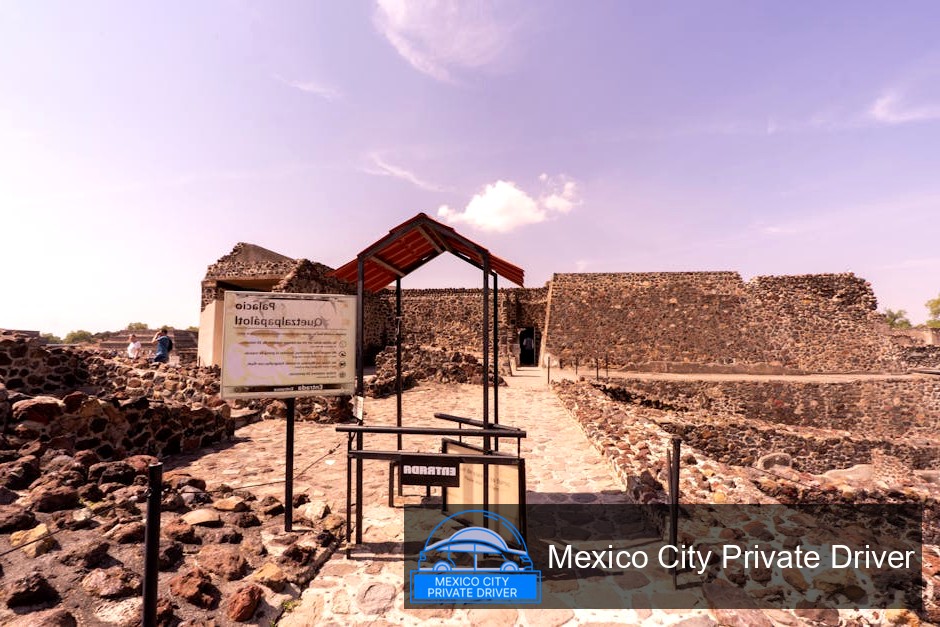
Below are concrete steps you can follow for a smooth 2025 trip to Teotihuacán.
- Decide your arrival method. If you want the cheapest route, take the bus from Autobuses del Norte (look for departures at Puerta 8). If you value time or comfort, book a private transfer or an organized day tour (Mexico City tourism; Archaeology Travel).
- Book tickets/slots ahead where possible. Some tour companies and ticket resellers offer fast-track entry or bundled experiences. I recommend booking a tour or entry slot in advance if you’ll visit on a weekend or holiday (Archaeology Travel). If you plan to go independently, check the official site for current entry rules and opening hours—these change seasonally and after conservation updates (UNESCO).
- Pack smart. Bring a hat, sunscreen, sunglasses, refillable water bottle, comfortable walking shoes, and a light layer for variable mountain weather. The archaeological zone is wide open and receives strong sun (Mexico City tourism).
- Plan your route inside the site. Start with the Pyramid of the Sun (climb early) then walk north along the Avenue of the Dead toward the Pyramid of the Moon and Ciudadela. I like to reserve the late morning for detailed palace areas and murals that can be overlooked in a rush (Lonely Planet; Smarthistory).
- Allocate time. Allow at least half a day (4–5 hours) for a relaxed visit; a full-day visit gives you time for the on-site museum and nearby attractions. If you’re short on time, prioritize the Pyramid of the Sun + Moon + Ciudadela.
- Respect conservation rules. Don’t touch delicate murals or climb on restricted sections; follow signage and staff directions (UNESCO).
- Cash & services. Bring cash for snacks, souvenirs, and small museum fees—some vendors don’t take cards. There are food stalls and a small visitor center but don’t rely on many services deep inside the site.
- Check accessibility needs. The site is spread out and includes stairs and uneven surfaces; if you need mobility assistance, contact tour operators who can plan around access limitations (Archaeology Travel).
Guides, tours, and balloon rides — are they worth it?
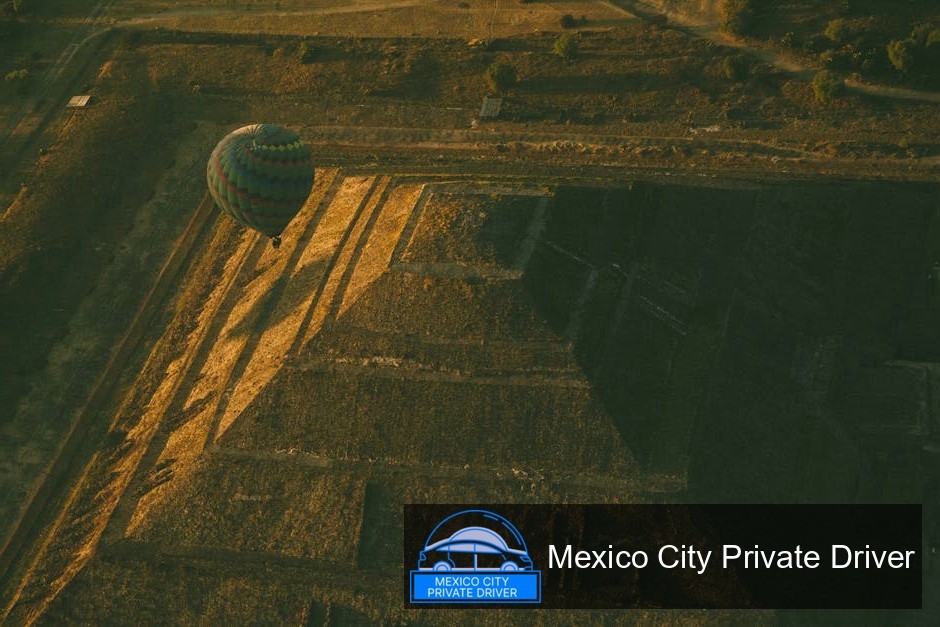
From my perspective, a knowledgeable guide transforms Teotihuacán from a set of impressive stones into an intelligible city—explaining chronology, ritual functions, and architectural details I would have missed. Archaeology Travel’s specialist pages emphasize the value of archaeologist-led tours and up-to-date ticket options; they also note balloon rides as a premium viewpoint (Archaeology Travel).
Pros of a guided tour:
- Contextual history and iconography explained by a professional.
- Faster logistics—transport and entry handled for you.
- Often includes museum admission or local stops.
Cons:
- Less free time to linger where you want.
- Variable quality—choose licensed guides or reputable operators (check reviews and recent updates).
If you want dramatic aerial photos, a sunrise hot-air balloon ride is unforgettable, but it adds cost and an early wake-up. Archaeology Travel lists balloon operators and notes this as a popular add-on for photographers and special occasions (Archaeology Travel).
Hidden gems & local experiences
Beyond the headline structures, I always look for quieter corners—palace compounds with surviving fresco fragments, smaller temple platforms, and the feeling you get crossing residential districts laid out in grids (Smarthistory; Lonely Planet). The Palace of Quetzalpapálotl and other palace compounds reward slow looking.
When you exit the site, the nearby town of Teotihuacán has markets and local eateries; if you have time, I recommend exploring the local craft market and trying local antojitos. If you’re unsure about current market hours or offerings, check recent traveler reviews or ask your guide for up-to-date tips on elevated food stands and artisan stalls.
Conservation & responsible visiting
Because Teotihuacán is a UNESCO World Heritage property, conservation is a priority. That status is one reason to approach the site respectfully: follow walkways, avoid touching fragile art, and listen to staff instructions (UNESCO). On my visits I’ve observed increased conservation fencing and signage in areas with vulnerable murals—those protections are meant to preserve the site for future visitors.
FAQs
Can I still climb the pyramids?
As of my last visits and recent guide updates, visitors have been allowed to climb the Pyramid of the Sun and, in many seasons, the Pyramid of the Moon, though access to specific sections can change for safety or conservation. Always check the official site or current on-site signage before assuming access (I’m not able to guarantee current rules; check latest updates).
How long should I plan for a visit?
Plan at least 4–5 hours for a relaxed half-day visit that includes the major pyramids, Ciudadela, and a couple of palace compounds. A full day gives time for the on-site museum and a more leisurely pace (personal experience and common visitor itineraries).
What’s the best way to get there from Mexico City?
Three practical options: take the bus from Autobuses del Norte (most affordable; buses gather near Puerta 8), hire a private taxi/transfer for speed and comfort, or book an organized day tour that handles transport and guiding (Mexico City tourism; Archaeology Travel).
Are there toilets and food available on site?
Yes—there are visitor facilities and food stalls near main entrances and in nearby parking/market areas, but choices are limited inside the archaeological zone. I always bring water and snacks, especially in hot weather.
Is Teotihuacán suitable for children or people with limited mobility?
Children often find the pyramids exciting, but watch for steep steps and sun exposure. The site’s uneven ground and stairways can be challenging for people with limited mobility; contact tour companies that advertise accessibility options if you need special arrangements (Archaeology Travel).
Do I need an official guide or permit to photograph?
Photography for personal use is normally allowed; tripods or professional shoots may require permits—rules vary and can change, so check with site authorities or your tour operator if you plan a commercial or large equipment shoot.
How much does entry cost?
Entry fees and concessions change periodically. I don’t have a guaranteed up-to-the-minute price in this article—check the official site or reputable ticket resellers (and compare organized tour inclusions) before you travel (Archaeology Travel; official site advisories).
Final tips from my visits
- Arrive early. The light, the temperature, and the fewer people make the site magical.
- Wear comfortable shoes and sun protection—Teotihuacán is an open, high-altitude plain (Mexico City tourism).
- Hire a good guide if you want rich interpretation; go independently if you prefer to move at your own pace (Archaeology Travel).
- Respect the site: your behavior affects preservation for future generations (UNESCO).
- Double-check logistics (bus schedules, opening hours, ticket formats) the week before you go—policies can change.
Teotihuacán remains one of those places that rewards both the quick, up-close visit and slower, reflective returns. Whether you’re there to climb the Sun, watch the Avenue of the Dead stretch into the horizon, or search for fragile mural fragments in a palace courtyard, planning your trip with these practical steps will give you a richer, more responsible experience.
If you want, tell me your travel dates and budget and I’ll recommend a tailored day plan (public transport vs private tour), including an approximate itinerary and where I’d eat after the site—based on what’s practical and current for 2025.
Sources and background used to prepare this guide include UNESCO’s World Heritage entry for Teotihuacán, the Mexico City tourism portal on Teotihuacán, Smarthistory essays on the site’s chronology and layout, Archaeology Travel’s practical visitor pages (including 2025 updates on tours and ticketing), Lonely Planet’s site overview, and historical syntheses from Britannica and specialist overviews of urban scale (Uncovered History).
Martin Weidemann is a digital transformation expert and entrepreneur with over 20 years of experience leading fintech and innovation projects. As a LinkedIn Top Voice in Digital Transformation and contributor to outlets like Forbes, he now brings that same expertise to travel and mobility in Mexico City through Mexico-City-Private-Driver.com. His focus: trustworthy service, local insights, and peace of mind for travelers.
